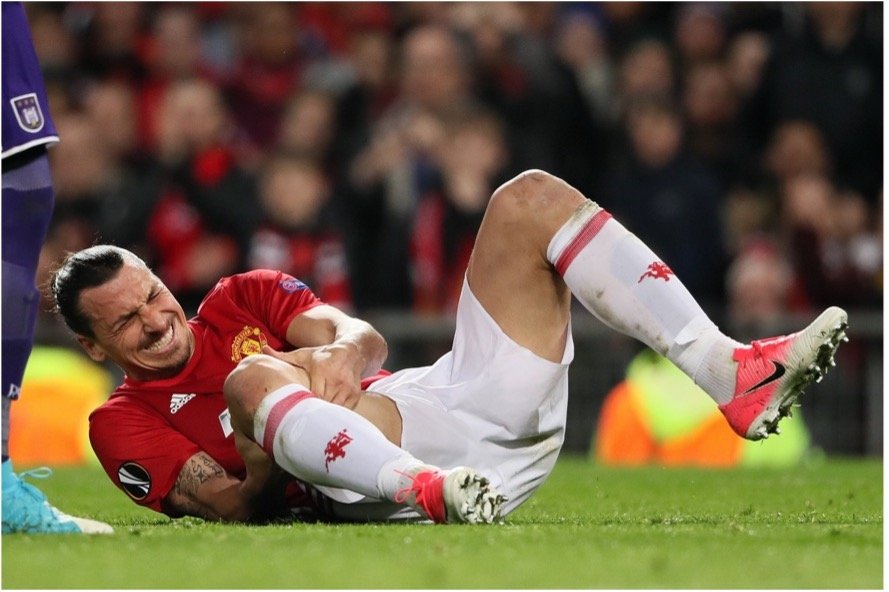Injury Prevention at the 2022 World Cup: The Science of the Warm-Up
The 2022 World Cup is underway. It has been an exciting watch thus far and that excitement promises to continue as the games come thick and fast. I’m sure your eyes are mostly on the field, but have you noticed how the players warm up before starting play?
The warm-up used to be a generic mobility and flexibility routine for all players to follow. It was based on little science, instead relying on superstition and history. A conversation about it may have gone something like this: “When I bend my legs like this before the game, I feel better, so I’m going to do this every time. Otherwise, I’ll get hurt.”
As the game continues to grow around the world, and as more and more money pours into the sport, proper medical care and injury prevention becomes more important. It’s no longer acceptable to simply “wing it” when it comes to injury prevention in soccer players. It’s time for a scientific approach.
I’m here to share the specifics of what I’ve learned working in a professional soccer team’s academy system.
Think about someone you know who has suffered an anterior cruciate ligament (ACL) knee injury. It’s painful, common, often requires a difficult surgical reconstruction procedure, and will typically keep you out of your sport for a minimum of 9-12 months. After the first ACL injury, your risk of future osteoarthritis and further ACL tears increases dramatically. Some studies suggest that your risk of developing knee arthritis, even though you underwent the ACL surgery, is about 50% within 12-14 years of your first injury (Cheung et al, 2020). This number is even higher if you choose not to get surgery. And I haven’t even mentioned the cost of this injury; if we include all medical imaging, surgery, anesthesia, physical therapy, bracing, etc. you’ll need, the average cost of tearing your ACL is somewhere between $20,000-$50,000 (Treasure Valley Hospital). Ouch!
Injury prevention is much cheaper and more effective than ACL injury treatment!
Here’s one important statistic for you to understand: Number Needed to Treat (NNT). NNT is the number of people that need to undergo an intervention (in this case, an injury prevention program) to reduce the number of injuries by 1. For the ACL, this NNT is exceptionally important.
Medical research suggests the NNT range for ACL injury prevention programs is about 66-136 people (Grindstaff et al, 2006). That’s it! That means we can prevent 1 ACL injury (including its cost, pain, surgery, physical therapy, anesthesia, etc.) for every 66 people or so we treat with injury prevention measures. The risk/reward here is incredible.
Let’s jump back to the World Cup. If you pay attention to how the players warm up, they perform dynamic activation movements to get the hamstrings (which perform a similar role to the ACL), posterior glutes, lateral glutes, quads, and calves ready to perform. This includes many of the activities in the FIFA 11+ Warm-Up, including running, jumping with shoulder contact, and circling a partner. Note that the warm-up specifically excludes static stretching to the leg muscles!
Some of my favorite exercises to add for soccer players are the one-legged SLDL and lateral band walks. You’ll see professional players doing these all the time pre-game. They significantly reduce your risk of an ACL tear, which explains their ubiquity in soccer-based ACL injury prevention programs.
Keep in mind that the gold standard of soccer injury prevention is to individualize the program to each player on the team. A central midfielder has a very different role than a right back, for example, and their unique positional demands must be considered when developing their program. Each of us has a different body that moves differently from the next person. Someone on the team with poor lateral glute motor control may need extra time to work on this during the injury prevention session, while another player may need to spend more time on one-legged landing mechanics, for example.
Life is short. Don’t spend it injured! A huge number of ACL tears and other non-contact injuries are preventable. Let’s tailor your sport-focused injury prevention program to YOU. That may help you get you onto the roster for the 2026 World Cup, to be held right here in the USA!
Instagram: @premierptnc
Facebook: @premierptnc
980-766-9740

